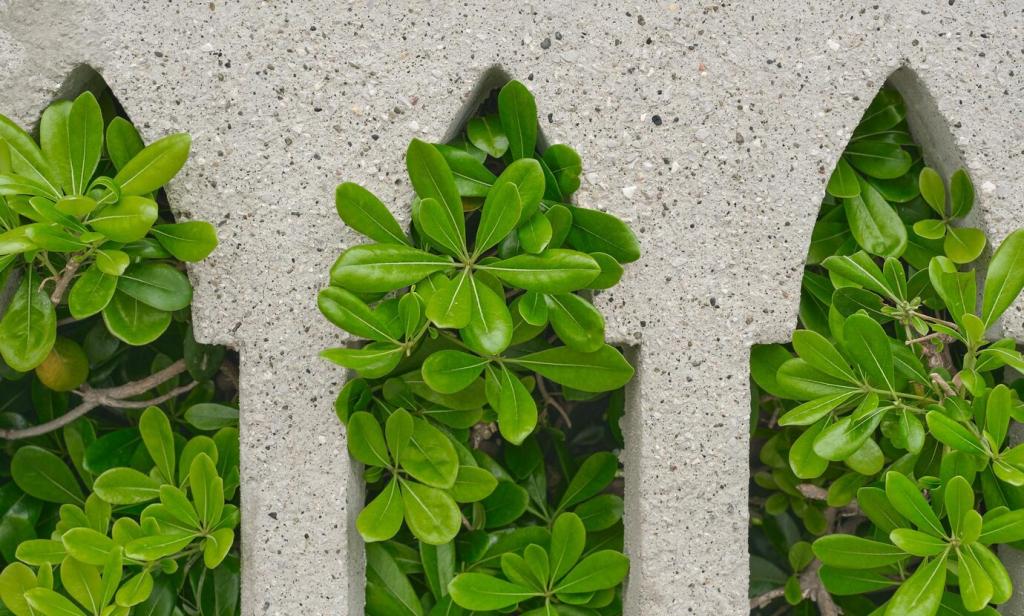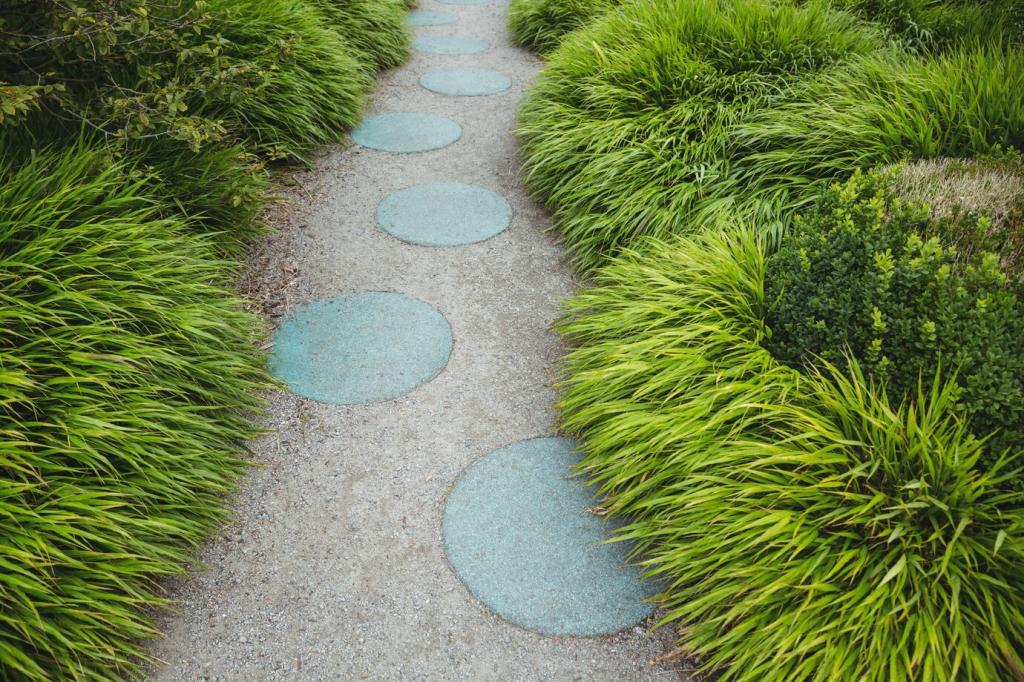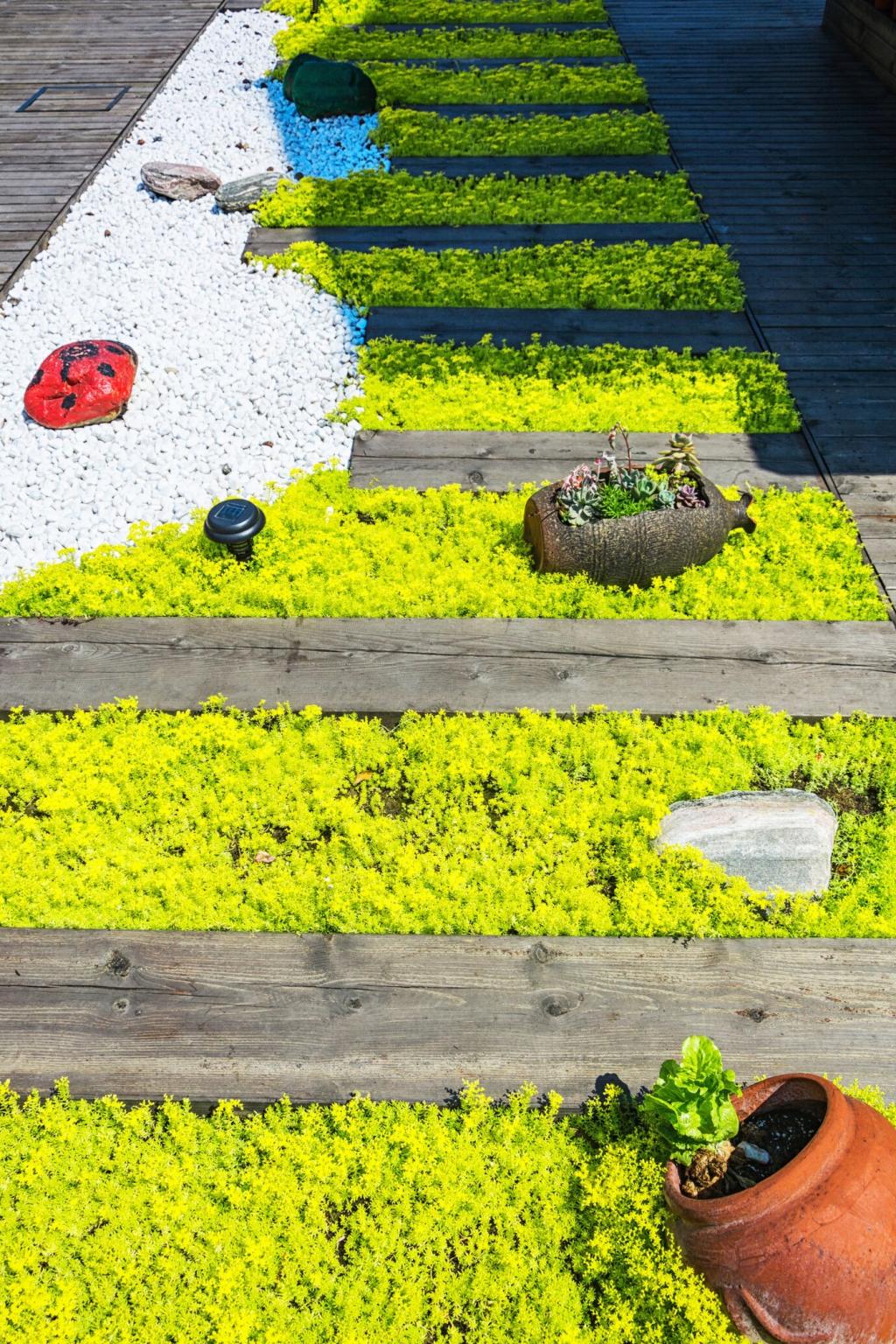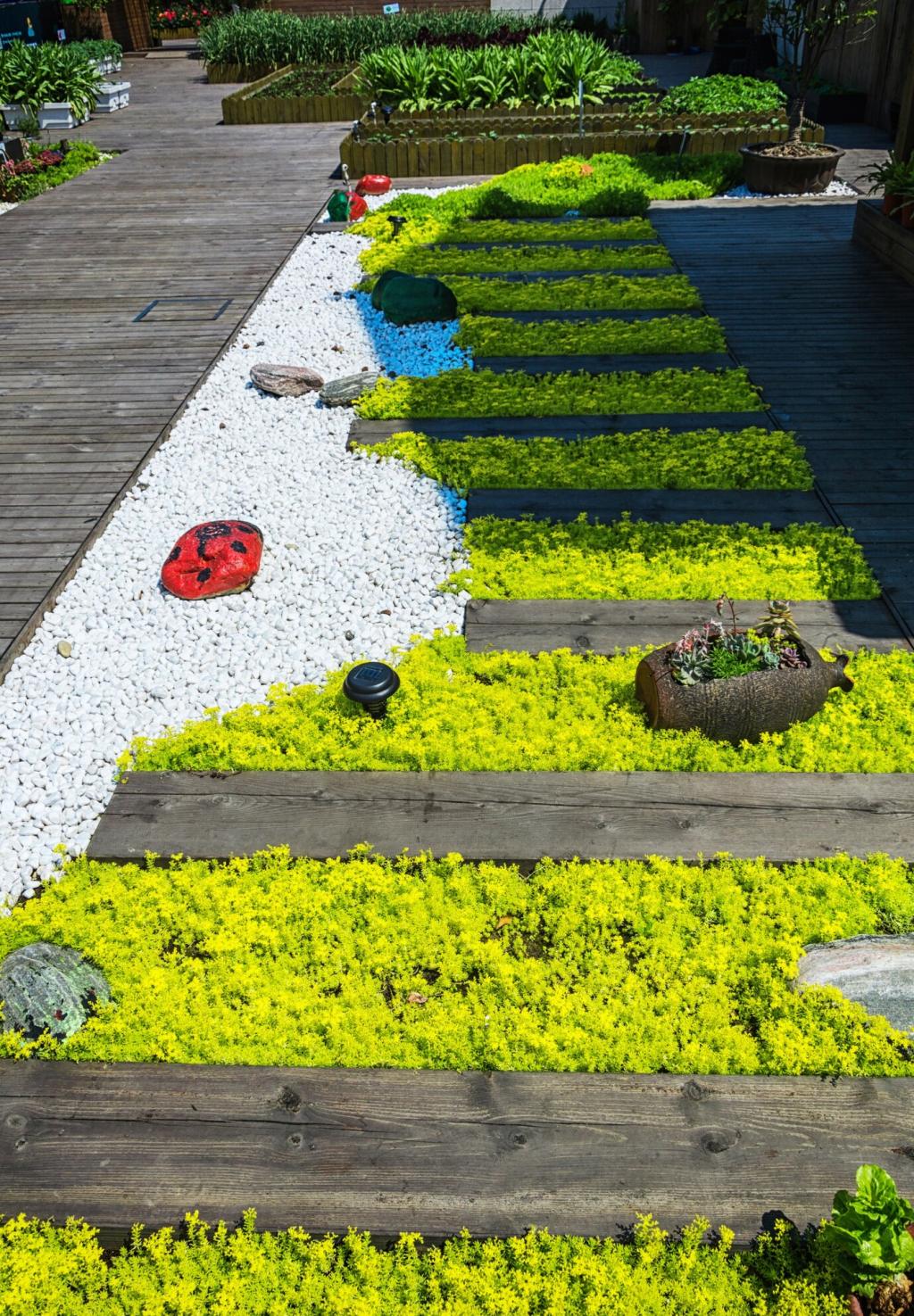Growing Carbon: Soil Health and Carbon Sequestration Techniques
Chosen Theme: Soil Health and Carbon Sequestration Techniques. Healthy soils are living vaults that can store climate‑cooling carbon while nourishing crops, wildlife, and water. Join us as we translate science into field‑ready practice—then subscribe and share your experiences to help this community grow.

Regenerative Field Practices That Lock Carbon In
Cover Crops That Feed the Underground
Cereal rye, clover, vetch, and radish pump sugars belowground, feeding microbes and stabilizing carbon. Mix functional groups for balanced rooting depths and C:N ratios. A neighbor, Maya, saw earthworm counts triple after two winters of diverse cover cocktails.
Reduce Disturbance, Save Carbon
Every pass of the tillage tool exposes carbon to oxygen and speeds decomposition. Strip‑till, no‑till, or zone till preserve aggregates and fungal networks. Start with one field, tune residue management, and let biology handle the heavy lifting over time.
Diverse Rotations and Perennials
Rotations that add legumes and small grains break pest cycles and spread workload, while perennials anchor soil with deep, carbon‑storing roots. Try integrating a hay year or a perennial strip; the longer photosynthetic season quietly builds your soil bank.
Organic Amendments That Build Long‑Lived Soil Carbon
Compost and Manure Done Right
Well‑finished compost delivers stable carbon and microbial diversity. Mind the C:N ratio, moisture, and curing time to avoid nitrogen tie‑up. Incorporate lightly or surface‑apply with residue cover to reduce losses, then monitor soil respiration and organic matter trends.
Biochar: Ancient Idea, Modern Tool
Biochar is charcoal made for soils—porous, persistent, and microbe‑friendly. Blend with compost or manure to charge pores before application. In on‑farm trials, biochar paired with cover crops improved water holding and reduced fertilizer needs without yield penalties.
Mulches and Residue Management
Keep armor on the soil. Crop residues and organic mulches moderate temperature swings, slow evaporation, and protect aggregates. Instead of removing straw, consider partial retention and strategic windrow placement to feed microbes and lock more carbon in place.




Infiltration Is Carbon’s Best Friend
Aggregated soils drink in rainfall, reduce ponding, and carry water to roots. Cover crops, reduced tillage, and compost open pore space. Try a simple ring infiltration test each season to track progress and celebrate how biology upgrades your water budget.

Keep Soil Where It Belongs
Contour farming, grassed waterways, and hedgerows slow water, trap sediment, and protect carbon‑rich topsoil. On slopes, reduce tillage passes and maintain year‑round cover. A farmer group we visited cut rill erosion by half after installing two vegetated buffers.

Wet Areas: Risks and Opportunities
Poorly managed drainage can release greenhouse gases, yet well‑planned wetlands store sediment and carbon. Map hydric spots, avoid deep tillage there, and use perennial buffers. When in doubt, protect moisture‑sensitive zones and monitor with seasonal field notes.
Tracking Impact, Markets, and Community Learning
Combine soil cores, bulk density, and consistent sampling depths with remote sensing and calibrated models. Document management changes and weather context. Even simple dashboards help reveal trends, inform decisions, and make conversations with lenders or certifiers easier.


Tracking Impact, Markets, and Community Learning
Before enrolling, compare additionality rules, permanence expectations, data ownership, and payment timing. Ask about project boundaries, buffers, and reversal risk. Farmers tell us that clear contracts and independent advice are worth more than any glossy brochure.
